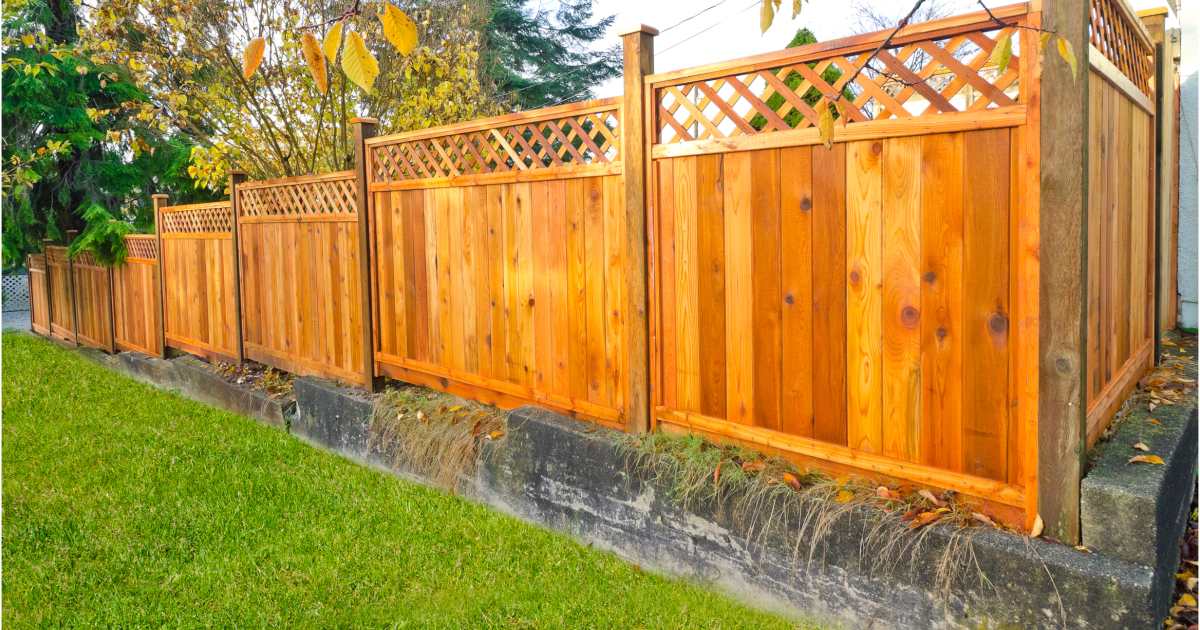Featured
.jpg)
When thinking about setting up a fence on your property, one of the most important actions is to understand whether you need a license. Fencing installations frequently require a license to make certain that the framework follows local zoning legislations, developing codes, and safety and security criteria. The details permits required can differ depending upon your area, the kind of fence you plan to install, and the elevation or placement of the fence. Right here's an overview to aid you browse the process of acquiring a fencing authorization and ensure that your setup is lawful and hassle-free.
Why You Required a License for a Fencing Installment. The license process assists regional authorities validate that your fence does not conflict with traffic visibility, respect your home lines, or violate elevation restrictions. Installing a fence without a permit can result in penalties, removal of the fencing, or delays in building and construction, so it's important to examine whether a license is required before starting your job.
Kinds Of Permits You Might Require. There are a few common types of authorizations you may require for a fence setup:
Building License. A building license is the most typical license needed for fencing installments. This authorization ensures that the fence fulfills safety and security standards and is created according to regional structure codes. A building permit is usually needed if the fencing exceeds a certain elevation (usually 6 feet), is made from certain materials, or lies near a public sidewalk or roadway.
Zoning License. A zoning authorization might be needed to verify that your fence abides by neighborhood zoning laws. Zoning regulations can determine where a fence can be put on your residential or commercial property, how high it can be, and whether it is enabled in particular locations (such as along property lines or in front yards) Some communities have policies limiting the height of fences in the front yard to guarantee presence for vehicle drivers and pedestrians.

Problem Authorization. You might need a problem authorization if you are building a fence near your residential or commercial property line or close to a road. A trouble describes the distance a structure, consisting of fences, have to be from the property line. Setback policies vary by place, and guaranteeing that your fence is positioned appropriately can stop conflicts with neighbors and stay clear of violations.
Property Owner Association (HOA) Authorization. If you stay in a community regulated by a Property owner's Organization (HOA), you might require approval from them in enhancement to local authorizations. HOA policies commonly cover the sort of products, height, style, and color of fencings. Even if your local federal government does not need an authorization, your HOA may still have specific standards that need to be followed.
Exactly How to Get a Fence License. To obtain a fence authorization, you'll need to call your regional structure division or planning office. The application process generally entails completing a form, paying a charge, and sending a site plan of your residential or commercial property that reveals the suggested area of the fencing. You might additionally need to consist of details concerning the materials, elevation, and style of the fence.
In some instances, a local official may need to inspect your property before accepting the permit. Once the authorization is granted, you will certainly be authorized to proceed with your fence setup.
When Is a License Not Needed? In specific circumstances, an authorization may not be called for. These scenarios can consist of:
Low Height Fences: In many areas, fencings that are listed below a certain elevation (usually 3 to 4 feet) might not need an authorization, specifically if they are placed in the backyard or various other non-visible locations.
Fencing Replacement: If you're replacing an existing fence with the exact same height and material, some areas might not need a brand-new authorization.
Non-Obtrusive Fences: Ornamental or short-term fences, such as those used for horticulture or landscape design objectives, might not call for permits as long as they are reduced and not permanent.
Nevertheless, it's vital to consult your local zoning office or building department, as guidelines can vary by jurisdiction.
Effects of Not Getting a Permit. Failing to acquire the needed permits can lead to considerable repercussions. These include fines, compelled removal of the fence, and even delays in construction. In addition, if your fencing does not satisfy neighborhood regulations, you might deal with lawful problems with neighbors or local authorities.

Conclusion. By guaranteeing that you adhere to local laws and acquire the needed permits, you can stay clear of expensive errors and guarantee that your fence is legitimately compliant. Inspect with your neighborhood structure department, HOA, and zoning office to identify what permits are needed for your certain fencing job.
Latest Posts
Check Out Oil Changes & More: Full Services Guide from Montclare Auto Repair
Published en
1 min read
Experience WyHy Federal Credit Union – Low Rates for Wyoming Residents
Published en
1 min read
Explore Your Financial Partner at WyHy – Financial Freedom for Your Goals
Published en
1 min read
More
Latest Posts
Check Out Oil Changes & More: Full Services Guide from Montclare Auto Repair
Published May 24, 25
1 min read
Experience WyHy Federal Credit Union – Low Rates for Wyoming Residents
Published May 24, 25
1 min read
Explore Your Financial Partner at WyHy – Financial Freedom for Your Goals
Published May 22, 25
1 min read